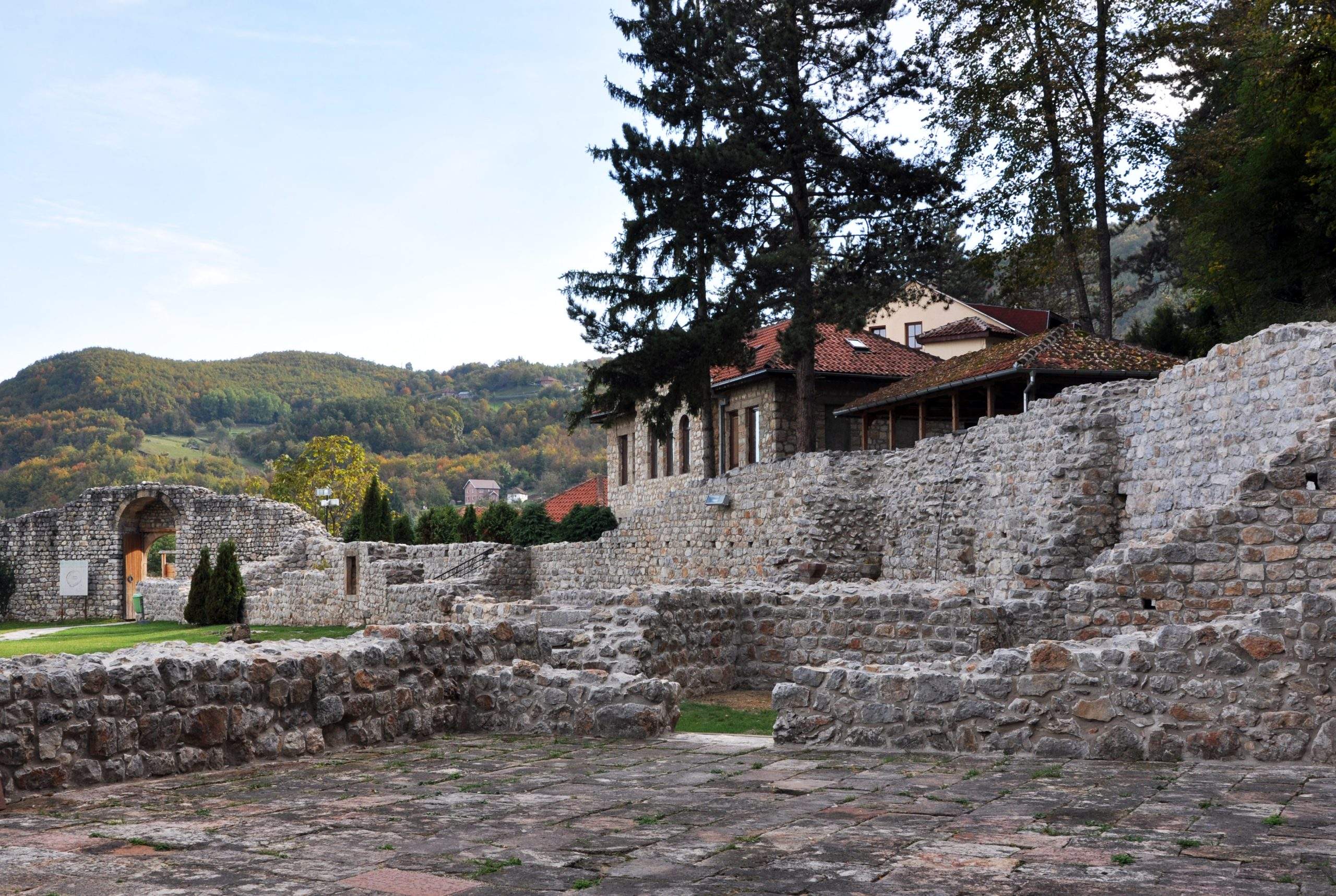Monastery of Sopoćani
The Monastery of Sopoćani, dating back to the 13th century and located near the municipality of Novi Pazar in Serbia, was founded during the reign of King Uroš I (1243-1276) of the Nemanjić dynasty, as an endowment of this Serbian ruler.
Construction of the monastery took place between 1259 and 1276, and the monastery complex comprises a church dedicated to Saint George and the main church dedicated to Saint Apostle and Evangelist Luke. It is conceived as a three-nave basilica with a central dome, which is the dominant architectural feature. The impressive dome is supported by strong columns, creating an interior space symbolizing the connection between the earthly and the divine.
The frescoes inside the Sopoćani church represent a precious expression of medieval art and spirituality. The portrayal of light, volume, and anatomical figures reflects advancements in artistic technique and deep religious reverence. Throughout history, the monastery has been a center of cultural and spiritual activity, as well as a burial place for members of the royal Nemanjić family.
The Monastery of Sopoćani, as a whole, has been declared a cultural monument of exceptional importance and was inscribed on UNESCO’s World Heritage List in 1979, recognizing its artistic, historical, and cultural significance.
The restoration works we conducted to preserve this significant cultural heritage included the rehabilitation of the walls of the northern, northwestern, and western buildings, as well as the rehabilitation of the refectory.
Year:
2014-2016Location:
Novi Pazar, SERBIALocation:
Novi Pazar, SERBIAConstruction Period:
2014-2016Client:
Republic Institute for the Protection of Cultural Monuments Belgrade



